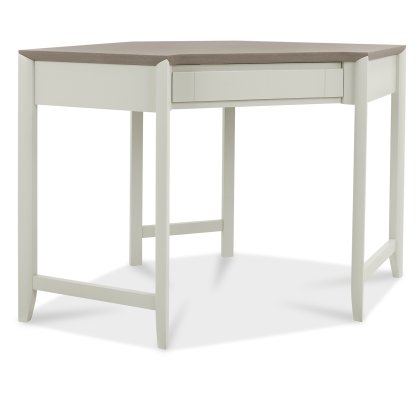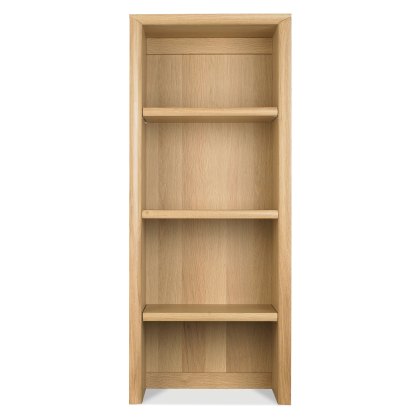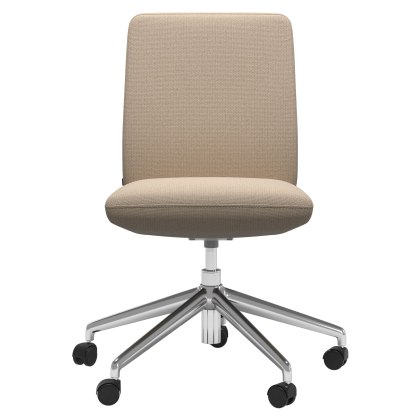Office
We understand that creating the perfect home office space is about more than just having somewhere to put your laptop. Our carefully selected range of home office furniture in Kidderminster combines practicality with style, helping you build a workspace that genuinely supports your daily routine. From solid oak desks that can handle years of use to smart corner units that make the most of awkward spaces, we've chosen pieces that work hard and look good doing it. Our collection includes everything you need to get organised – sturdy filing cabinets to keep paperwork under control, bookcases that double as display space, and comfortable office chairs that won't leave you aching after long days. Our Bentley Designs furniture offers premium pieces that bring elegance to any home office, whilst our Stressless chairs provide exceptional comfort for those longer working sessions. You deserve a workspace that helps you focus and feel productive, and at Carters Furniture we’re here to help you create exactly that.































